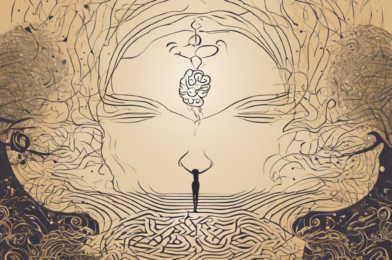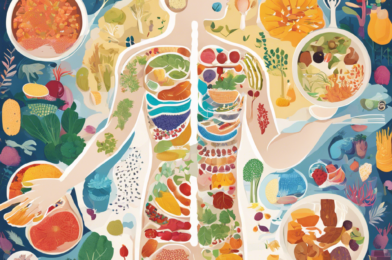The notion that our thoughts and emotions can have a tangible impact on our physical health is an intriguing concept. It suggests a deep interconnectedness between our minds and bodies, challenging the long-held belief that they are separate entities. Exploring this mind-body connection reveals fascinating insights into the power of our thoughts and their potential to influence our overall well-being.
A wealth of scientific research now supports the idea that our mental and emotional states can indeed affect our physical health. For instance, it is well-established that chronic stress can have detrimental effects on the body, increasing the risk of heart disease, digestive problems, and even weakening the immune system. Similarly, long-term anxiety and depression have been linked to inflammation and an increased risk of chronic conditions such as Type 2 diabetes and heart disease.
The mind-body connection also extends to the field of psychoneuroimmunology, which explores the interplay between the brain, the endocrine system, and the immune system. Here, we see how our thoughts and emotions can influence the release of neurotransmitters and hormones, which in turn can impact our body’s ability to fight off disease and maintain homeostasis. This intricate relationship highlights the potential for mental and emotional interventions to play a pivotal role in promoting physical healing and overall health.
An understanding of the mind-body connection can empower us to take a more holistic approach to healthcare. By recognizing the influence of our thoughts and emotions, we can begin to make conscious choices that promote physical well-being. This may include practices such as meditation, yoga, and other mind-body therapies that have been shown to reduce stress, improve mood, and enhance overall health.
Furthermore, the mind-body connection encourages us to consider the impact of social and emotional factors on physical health. Positive social connections and emotional support have been linked to better health outcomes, emphasizing the importance of nurturing relationships and seeking social interaction. Conversely, loneliness and social isolation have been associated with increased inflammation and a higher risk of various physical ailments.
The implications of the mind-body connection are far-reaching and have the potential to revolutionize the way we approach healthcare. By integrating mental, emotional, and social factors into medical treatment, we can begin to address the whole person, rather than just the symptoms of a disease. This holistic perspective may lead to more effective and comprehensive care, improving patient outcomes and overall quality of life.
In our fast-paced and often stressful modern lives, taking a moment to recognize the power of the mind-body connection can be hugely beneficial. By prioritizing self-care and adopting practices that promote mental and emotional well-being, we can potentially ward off physical ailments and improve our overall health. From reducing stress levels to seeking social support, each small step towards nurturing the mind-body connection can have a significant impact on our overall health and resilience.
The fascinating interplay between the mind and body continues to be a subject of extensive research and exploration. As we delve deeper into this field, we uncover new insights and a richer understanding of the complex ways in which our thoughts, emotions, and physical health are intertwined. By embracing this knowledge and applying it in our daily lives, we can take an active role in enhancing our overall well-being and creating a more harmonious relationship between our minds and bodies.
In conclusion, the mind-body connection highlights the profound impact of our thoughts and emotions on our physical health. This understanding calls for an integrated approach to healthcare, where mental and emotional well-being are recognized as vital components of overall health. By embracing this holistic paradigm and cultivating a deeper awareness of the mind-body connection, we can empower ourselves to take charge of our health and foster a more balanced and resilient state of being.





